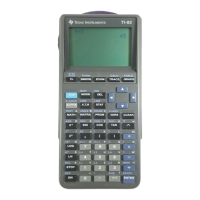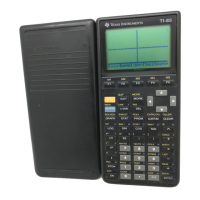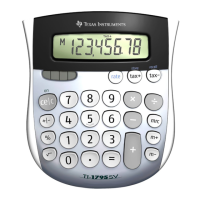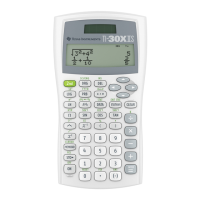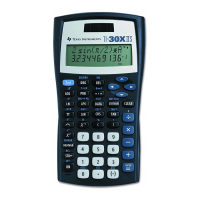CHAPTER 4. PERFORMING CALCULATIONS
4.7 Cube Roots and Other Radicals
The calculator does not have a button for any roots other than the square root. To calculate the n
th
root of a number, you have two options.
a. Use the fact that
n
√
x = x
1/n
and enter the radical as a fractional exponent.
Example:
To calculate
4
√
81, remember that
4
√
81 = 81
1/4
.
Type .
b. If calculator’s operating system is 3.10 or higher, you can go to the catalog and find the root(
command. The root command uses the format root(radicand, index). After selecting root(
from the catalog, you need to enter in the radicand, followed by a comma, followed by the
index, and then a closing parenthesis.
Example:
To calculate
4
√
81, you need the command line to read root(81, 4).
Select root( from the catalog and then type .
Notice with the root( command and pretty print, the radical is displayed as
4
√
81.
4.8 Exact vs. Approximate Results (a.k.a.
√
5 vs. 2.2360679775)
Look above to see the ”≈” symbol in green. If you want to obtain an approximate or decimal
value, press instead of . This will tell the calculator to approximate the result.
Example:
To approximate
√
5, type .
13
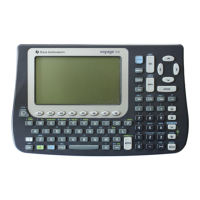
